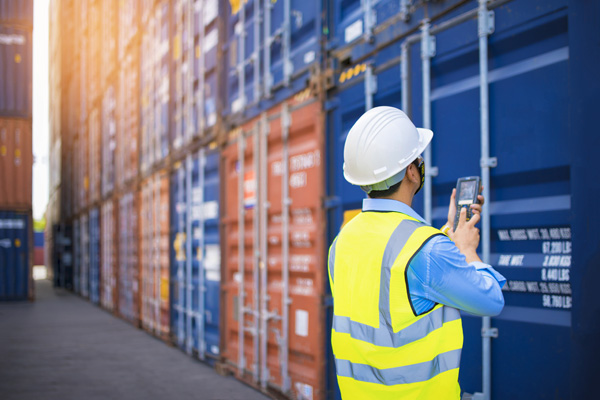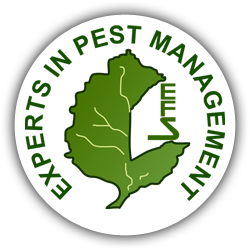If it is possible to select a container before cargo is loaded into it the selection procedure we are following below…
1) The containers should be positioned to allow easy access to all four sides and the roof.
2) They should stand on a flat, horizontal surface to avoid twisting (or racking), which may prevent the doors from closing properly.
Inspection of Container

The experts of Exim Fumigation Services are well efficient to inspect a container. We have a good reputation for inspecting the Empty Containers for many industries including Tea Exporters. We are helping our Tea Exporters for selecting “Tea Fit” containers for various countries at the container yard.
The containers has to be structurally sound with their sides and roofs free of significant holes, and free of obvious distortion. Containers that are obviously damaged, (for example where large holes and gaps are present in the roof and walls, or where the doors, door seals and locks do not fit and function properly), will not be pressure tested.
The container identification number to be recorded on the fumigation certificate. The exterior of the container to be inspected to ensure it is structurally sound and in good condition – with no significant distortion. Its sides and roof must be sound and free of significant holes, tears or gaps. Where rust is present the affected areas to be closely inspected and probed for holes. Containers with holes, gaps or those that are badly rusted are not suitable for pressure testing. The doors must make firm contact with each other, the door frame and floor sill so that their seals function effectively. The rubber seals around the doors should be unbroken, leaving no obvious gaps. Containers with faulty doors and door seals are unsuitable for pressure testing. The interior of the container should be inspected from inside, with the doors closed.
